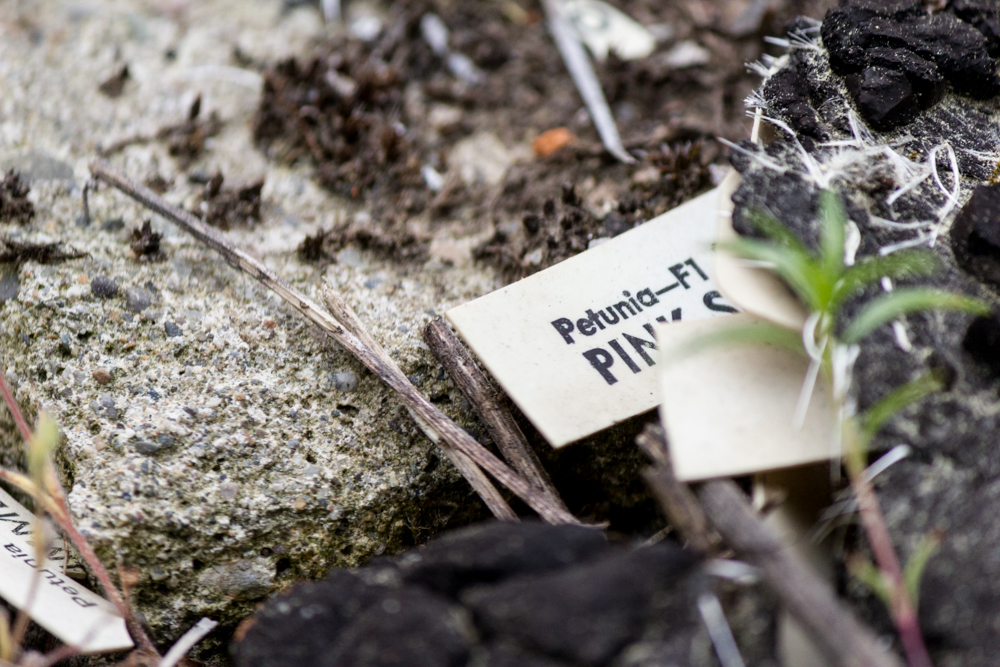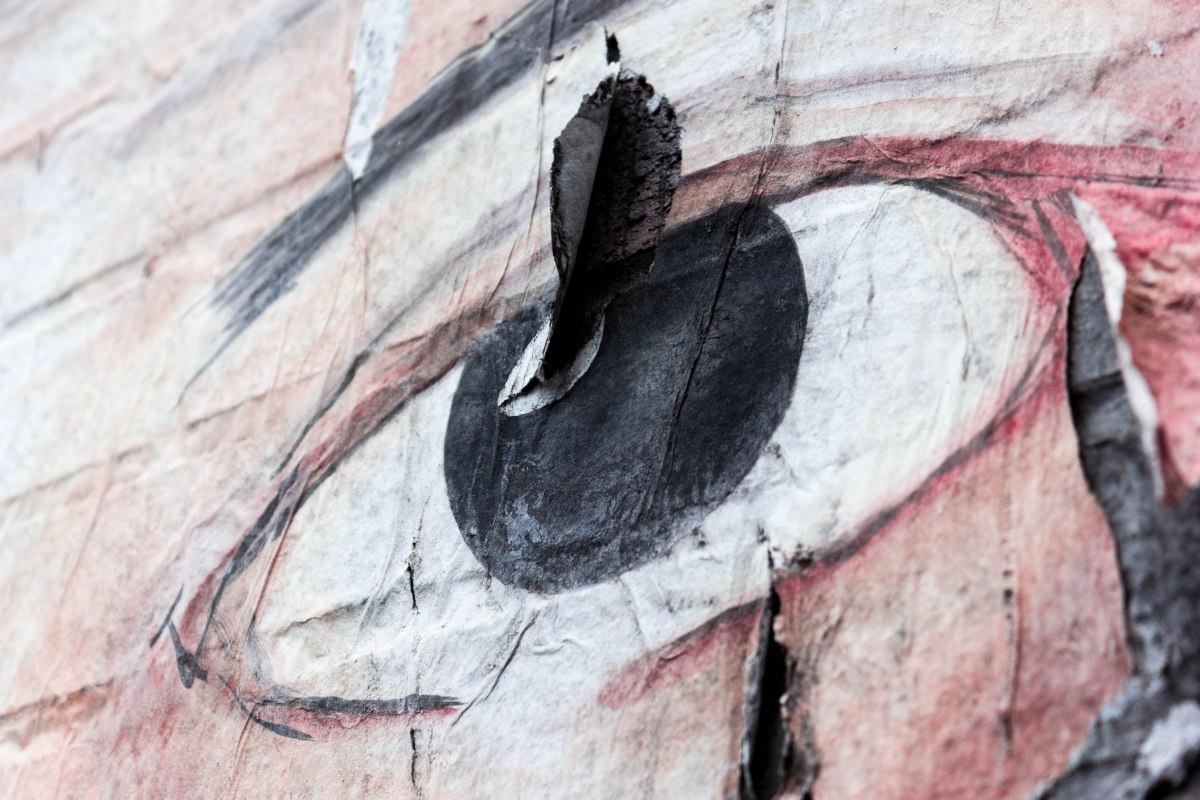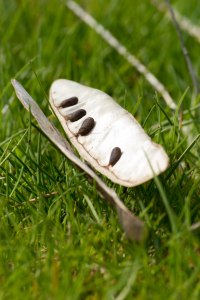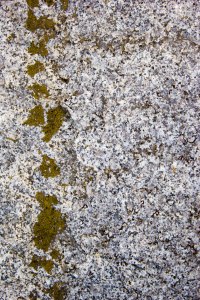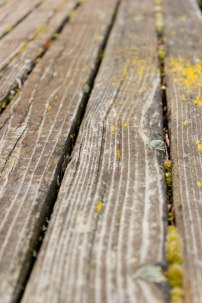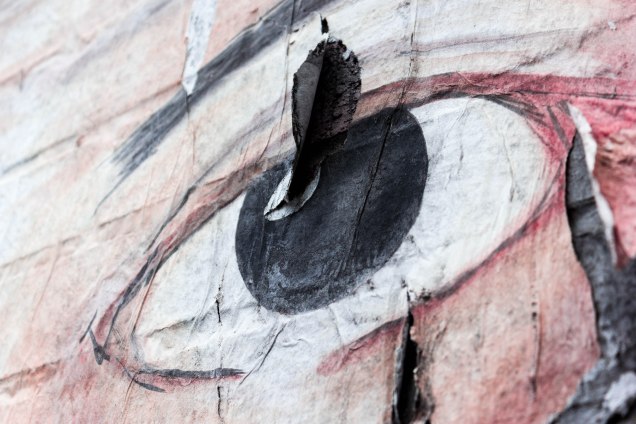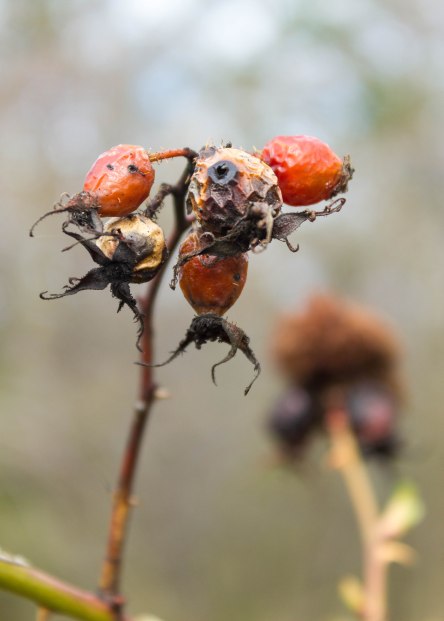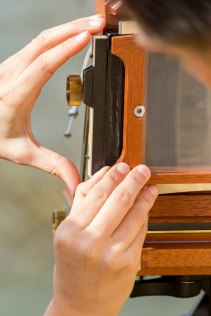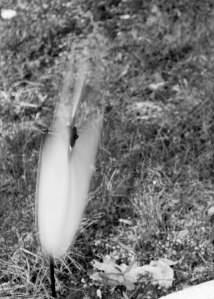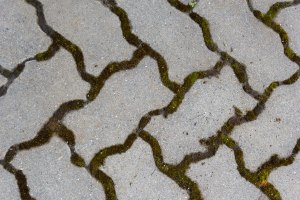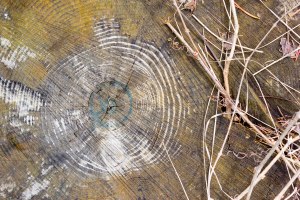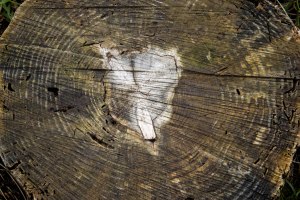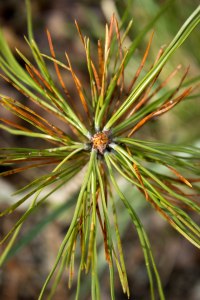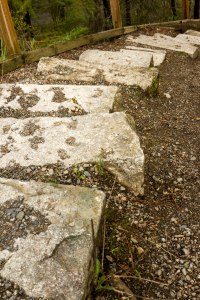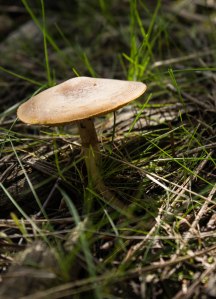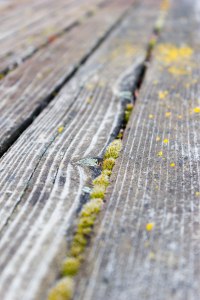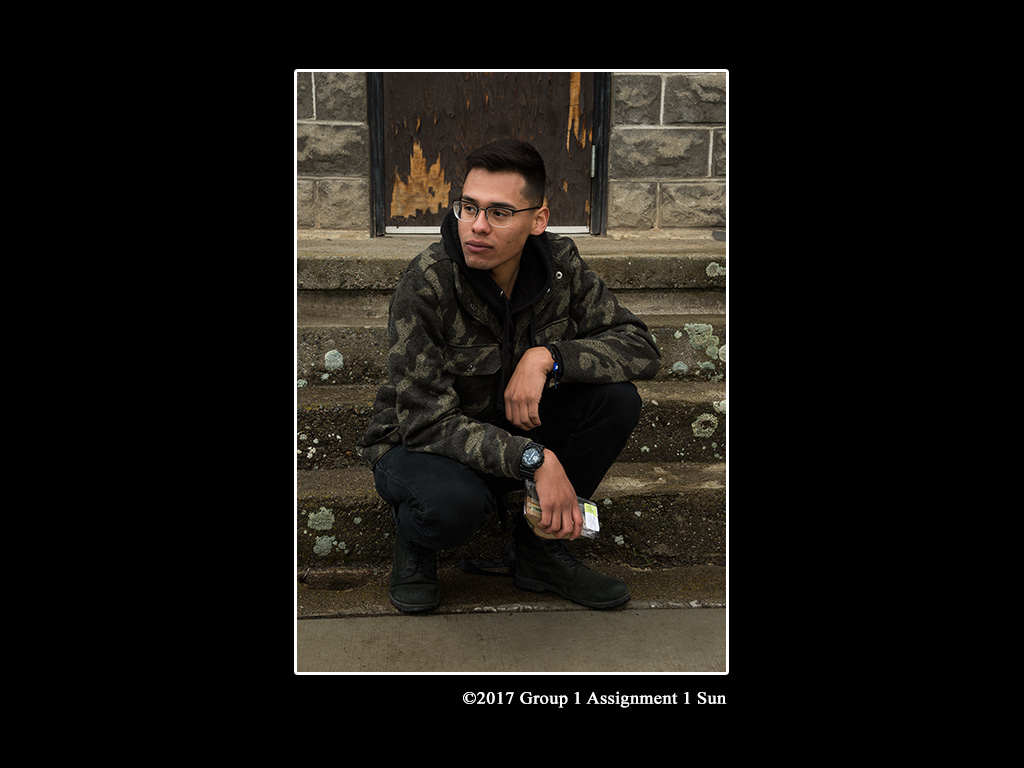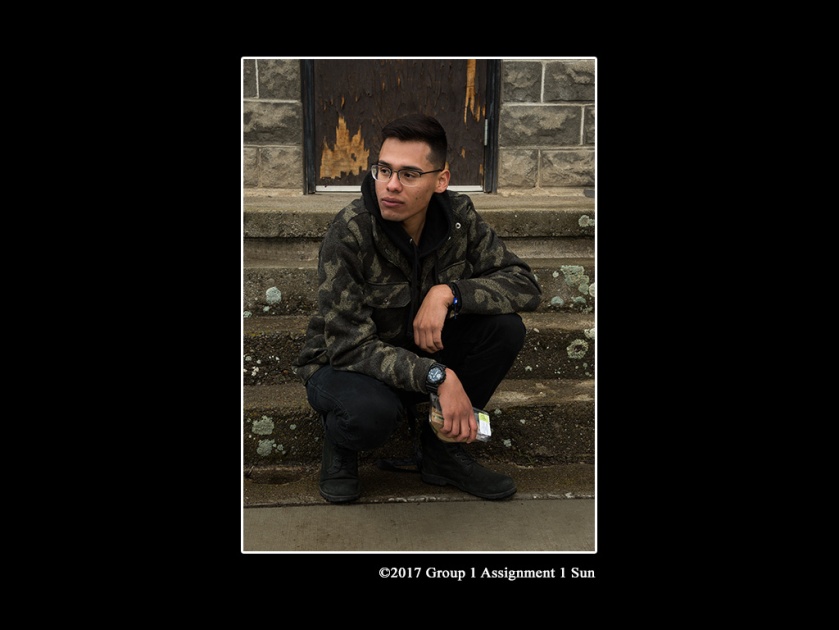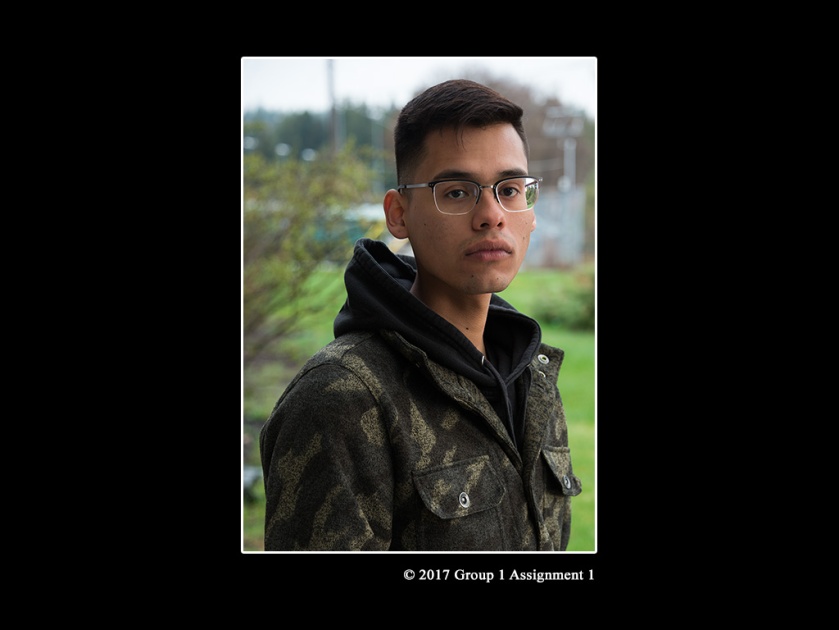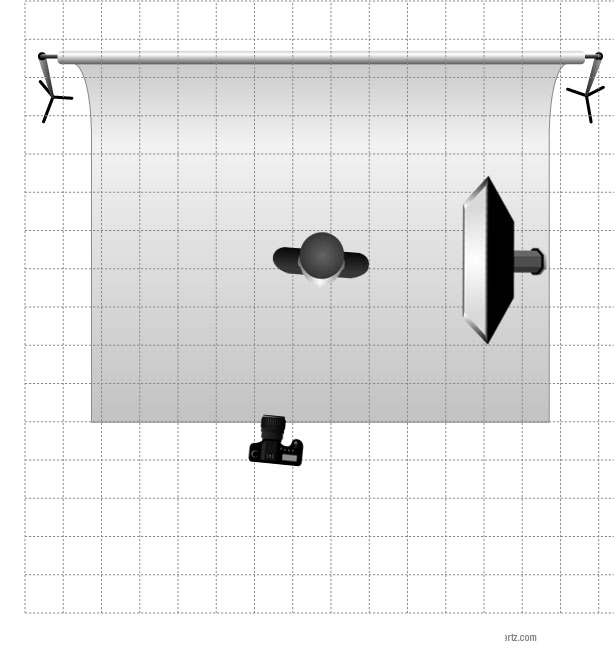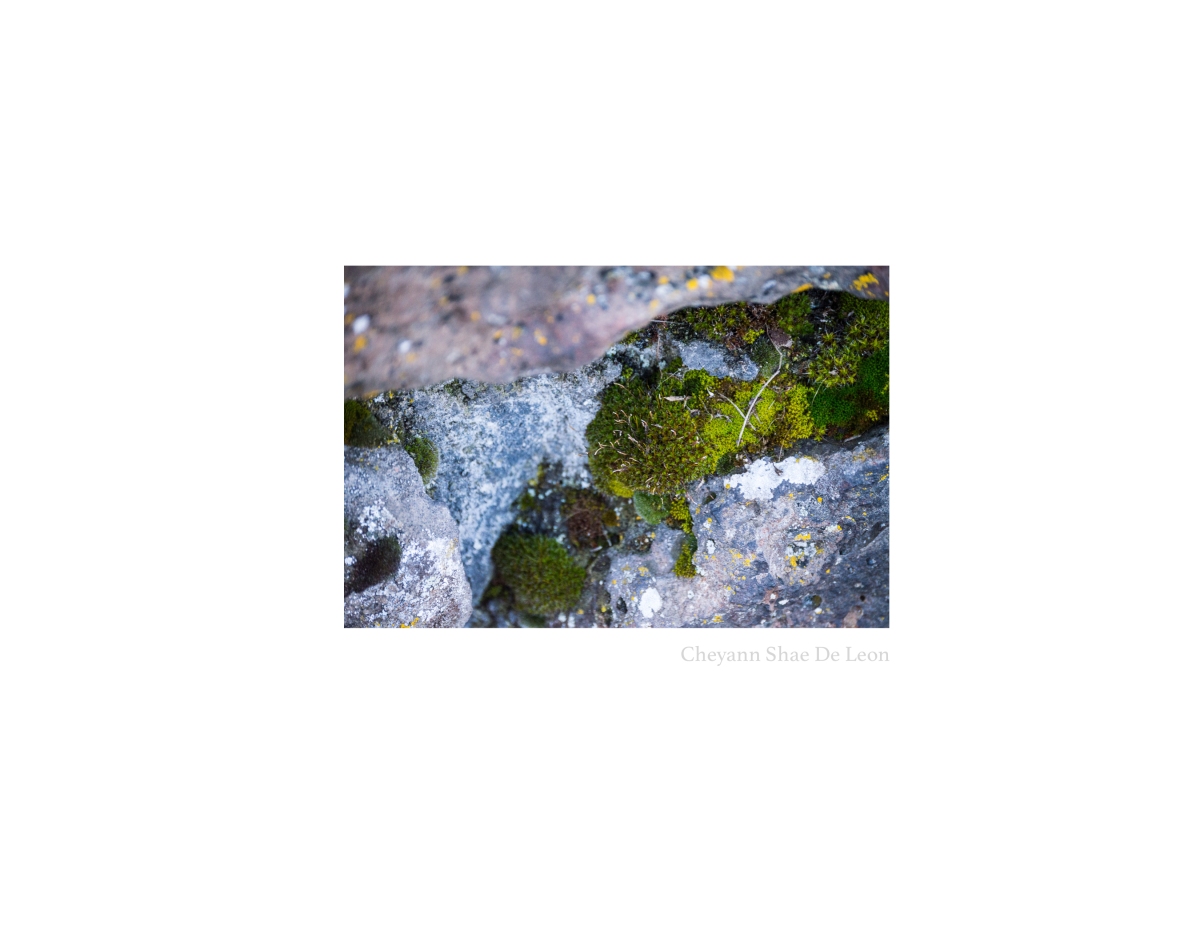So I have been a horrible student lately. I have been letting life get ahead of me. I have been falling way behind, but I am finally getting caught up! In Photo Design, our teacher had wanted us to explore our environment and think about how we portray an environment. I chose the old Hoyt Brothers Flower Co.
A little history (according to the Spokesman Review), the Hoyt Brother’s Flower Company was owned by two Italian immigrants; the Hoyt Brothers. In 1900, the brothers built their first greenhouse (30-by-50-foot) which is now located on the side of the I90 next to the Garden Springs exit. The brothers had a total of six greenhouses at this location. With a blooming business, the Hoyt brothers opened retail shops throughout Spokane, Post, & Riverside.
The brothers would often hire Italian immigrants. One immigrant, from their home town outside of Milan, Italy, would go on to purchase the company in 1929. His name was Severino Moncalvo and he would eventually pass down the business to his son, Rudy, in 1970. Because of the Hoyt brothers Spokane had been ranked the fourth best spot west of the Mississippi for flower-shipping. In 1983, the flower company was sold again and dismantled only leaving the smokestack that drivers can now see on the side of the freeway standing alone.
One of the brothers did sell a greenhouse separately to Joe Langretto; who ran it as Sunnydale Greenhouses. A Hampton Inn now stands in its place. Many of the workers would then start their own businesses as well. We now have business like Liberty Park Florists, and Angelo’s Flowers (which is now closed) because of these Italian brothers.
I found it interesting that the Hoyt Brothers Flower Company was founded on immigrants and the encouragement of success among the community. Though, at first I did not view the situation as such. A portion of genetic makeup is Italian and [beside the food] I had not really seen that as a good thing. I saw all of the workers starting their own businesses as betrayal towards the owners who gave them jobs after moving to a different country. So, I found that the destruction of the Hoyt Brothers Flower Company a result of the workers taking their clients and profit from them. Though, looking back to what I have learned I realize that the brothers grew their empire as immigrants and probably wanted to show and help other immigrants to achieve their level of success.
At the smokestack, I predicted to find old remains of the past building and maybe some remaining floral. I did expect to hear a lot of noise from the freeway as cars drove by. There was not much I expected to do in regards to activities that were available. I was hoping that the land that the old smokestack was bigger than it was. What I was surprised to find was friendly neighbors and an even friendlier dog, I believe her name was Lola.
Visiting the smokestack my goal was to take pictures of it as a Place and then the Details that make it so memorable.
